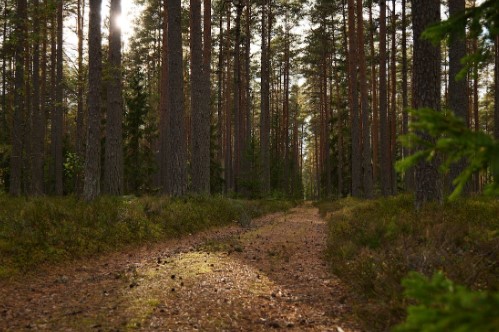Controlling Erosion
Erosion can also be caused by natural events such as storms and floods. During periods of heavy rain, the soil is often washed away, taking with it anything that has been built or planted in the area. This can lead to significant damage to property and infrastructure and have a huge impact on the environment.
In many cases, erosion can be prevented through proper management of the land. Best grass for controlling erosion, for example, can help to reduce soil erosion by providing a barrier between the rain and the ground. In addition to using grass, here are eight practical tips for controlling erosion:
Planting Vegetation
Where soil is vulnerable to erosion, planting vegetation can help to slow down the process and protect against further damage. Trees, shrubs, and grasses should be planted as soon as possible in areas where erosion is likely to occur.
Using Erosion-Control Blankets or Mats
Erosion-control blankets or mats can be used to provide temporary protection for soil in areas that are at high risk of erosion. These blankets or mats are made from a variety of materials, including jute, coconut fiber, and geotextile, and should be installed with the help of an experienced professional.
Constructing Riprap or Terraces
Riprap or terraces can be constructed in areas where erosion is likely to occur. Riprap are structures made from rocks, stones, and gravel that form a barrier against water flow. Terraces involve building steps in the slope of the land, so that water can run off on each side instead of straight down.
Covering Soil With Mulch or Compost
Mulch and compost can be used to cover vulnerable areas of soil. This helps to keep the soil in place, providing a barrier between it and the rain. In addition, mulch and compost will also help to increase the fertility of the soil over time.
Using Gutter or Drainage Systems
Gutters and drainage systems can be used to divert water away from areas that are prone to erosion. This will help reduce the amount of water flowing over the soil, decreasing the risk of it being washed away.
Establishing Contour Lines
Contour lines can be established in areas that are prone to erosion. These lines run across the slope, forming a series of steps that will help to slow down water flow and prevent soil from being washed away.
Creating Check Dams
Check dams are small structures built across channels or gullies, designed to reduce water flow and trap soil that has been washed away. These can effectively control erosion, particularly when water runs off quickly.
Soil erosion can be a major problem, but it can be prevented through the proper management of the land. Best grass for controlling erosion, planting vegetation in areas where it is likely to occur, using erosion-control blankets or mats, constructing riprap or terraces, and covering the soil with mulch or compost are all effective strategies for controlling erosion.
In addition, trees can be planted on slopes or hills, gutter or drainage systems can be installed, contour lines can be established, and check dams created. These strategies will help reduce the risk of erosion and protect the environment.







